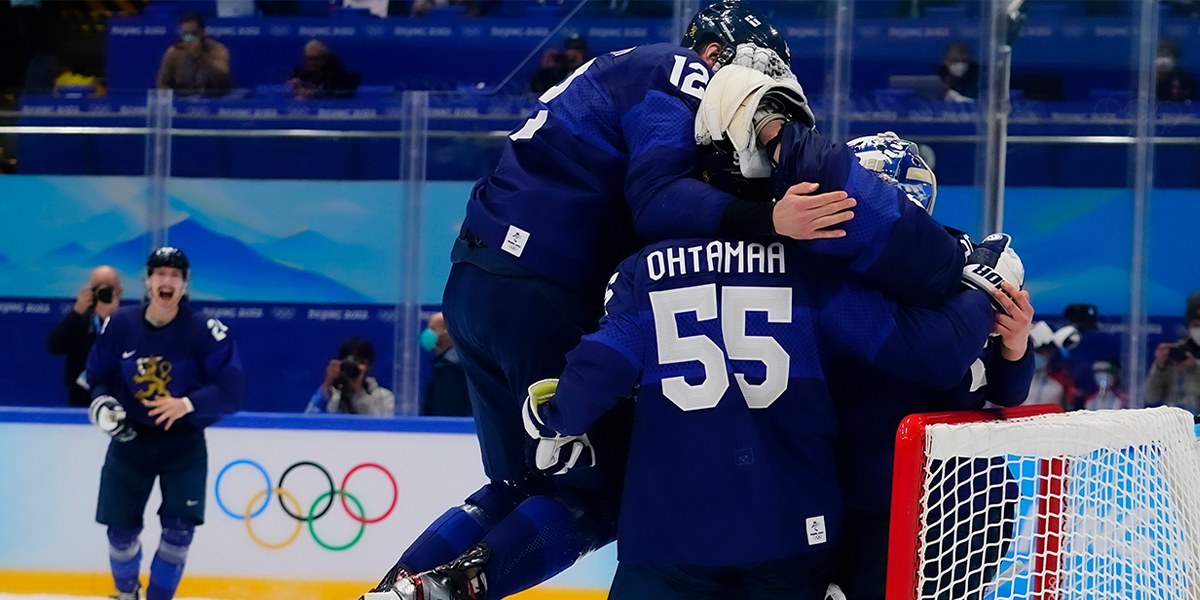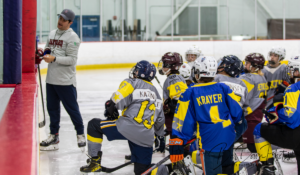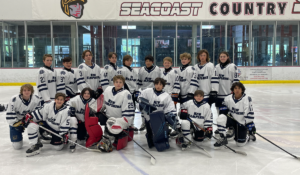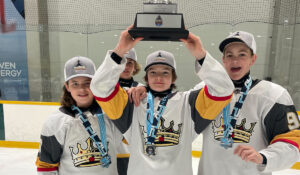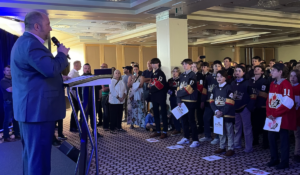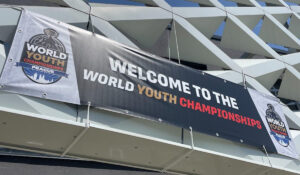Finns win first Olympic gold in men’s hockey
The Finns solved the puzzle.
In a wild and whacky 2022 Winter Olympic Games, Finland found the right combination of players to capture gold in Beijing.
Despite long being regarded as a hockey power, it was the first victory at the Olympics for the Scandinavian country of 5.5 million people.
Finland — along with its neighbor and main hockey rival, Sweden — has been a case study for the rest of the hockey world the last few decades. The Finns continue to produce NHL talent and earn international medals year after year despite small population bases to pull from.
For a point of reference, Finland’s 5.5 million compares with the U.S. state of Minnesota, with 5.7 million.
So how did they go about assembling a roster that emerged victorious in this year’s Olympics? Where did the players come from, and how did they develop? Good questions to ask, even before they beat Russia 2-1 on Sunday.
Former NHL star Jere Lehtinen served as general manager for Team Finland at the Games, and like all the other countries, he wasn’t able to use any players skating in hockey’s highest league. Therefore, the Finns mined professional leagues outside of North America for their Olympic roster, mainly pulling from the KHL.
In fact, five of the players on the Finnish squad in Beijing play together for Jokerit, the lone KHL team residing in Finland. Jokerit skates out of Helsinki, the capital of the gold medal-winning country. Eighteen of the 25 players came from the KHL this season, while five came from the NL Swiss league, two from the Finnish league Liiga and one from the Sweden-based SHL.
Pulling entirely from the professional ranks, the Finnish roster was the oldest out of all the competing countries in Beijing. The ‘experienced’ group had an average age of 30.48 years old; Denmark was the only other country with an average age that crossed into the 30s.
For comparison’s sake, the silver medalists from Russia checked in at roughly 26 years old, while bronze medalists from Slovakia averaged roughly 26 as well. The United States was the youngest at 25, and Canada was at 29.
A deeper dive into the Finnish roster paints an expected picture; these were homegrown hockey players through and through. The Finnish hockey development model puts an emphasis on players having a home club that they grow up through; these clubs have pro teams all the way down to the youngest youth ages. While there is some movement, the players develop within their own programs, slowly rising through the ranks and competing against their peers at the youth and junior levels before they reach the pros.
While the U.S. and Canada see lots of moving across the border during a player’s formative years, you don’t see that between Finland and Sweden. None of the players spent any time skating in Swedish programs until the professional ranks.
With limited travel even next door, it’s no surprise to see that only two of the players opted to take part in the North American development model.
Goaltender Juho Olkinuora, currently playing for Metallurg in the KHL, played one season of 18U AAA hockey in Salt Lake City, Utah, before going home for one year. He later returned to the States to play for the USHL’s Sioux Falls Stampede and the NCAA’s University of Denver. He played in the AHL and the ECHL before venturing back to Europe, where he has since played in Liiga and the KHL.
Forward Toni Rajala, currently skating in the Swiss league, played one season in the WHL with the Brandon Wheat Kings. From there, he played AHL and ECHL hockey before returning to play in the SHL and other leagues in Europe.
Nine of the Finns have never played professional hockey ‘across the pond’ in any of the North American leagues, instead spending their entire careers in Europe.
The Beijing Games weren’t the first time for the players to don the Suomi jersey, either. Finland has clearly made it a point for as many of their top players to earn international hockey experience, as every single player on the roster has had prior IIHF competition. Nineteen of the players competed in the World Juniors in their U20 years, and all but four have played for Team Finland in the IIHF Men’s World Championship.
The Finns finished with a perfect record in Beijing; their only blemish would be from an overtime win over rival Sweden in the preliminary round.
They only allowed ten goals over the entire tournament, thanks in large part to Harri Sateri, who played in five of the six games. He finished with a 96.21 save percentage and 1.00 goals-against average, along with one shutout.
Sakari Manninen and Teemu Hartikainen led the way up front, both tying for the tournament lead of seven points with Slovakia’s Juraj Slafkovsky and Canada’s Adam Tambellini.
More From The World Hockey Hub
- Top Prospects from five birth years set for Sixty Hockey Camp
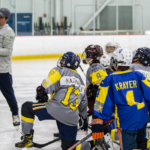 More than 300 youth players set for New England’s premier development camp
More than 300 youth players set for New England’s premier development camp - New Hampshire Continues to Build Resume in New England
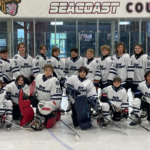 Four states compete for New England hockey bragging rights
Four states compete for New England hockey bragging rights - Incredible Offenses on Display at World Youth Championships
 Bobby Spang, Brody Antignani, Oliver Ozogany put up huge numbers at tournament
Bobby Spang, Brody Antignani, Oliver Ozogany put up huge numbers at tournament - WYC Check In: Max Prudovsky Putting Up the Points
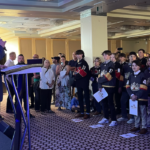 ‘11 forward leads tournament in points, goals heading into playoff round
‘11 forward leads tournament in points, goals heading into playoff round
